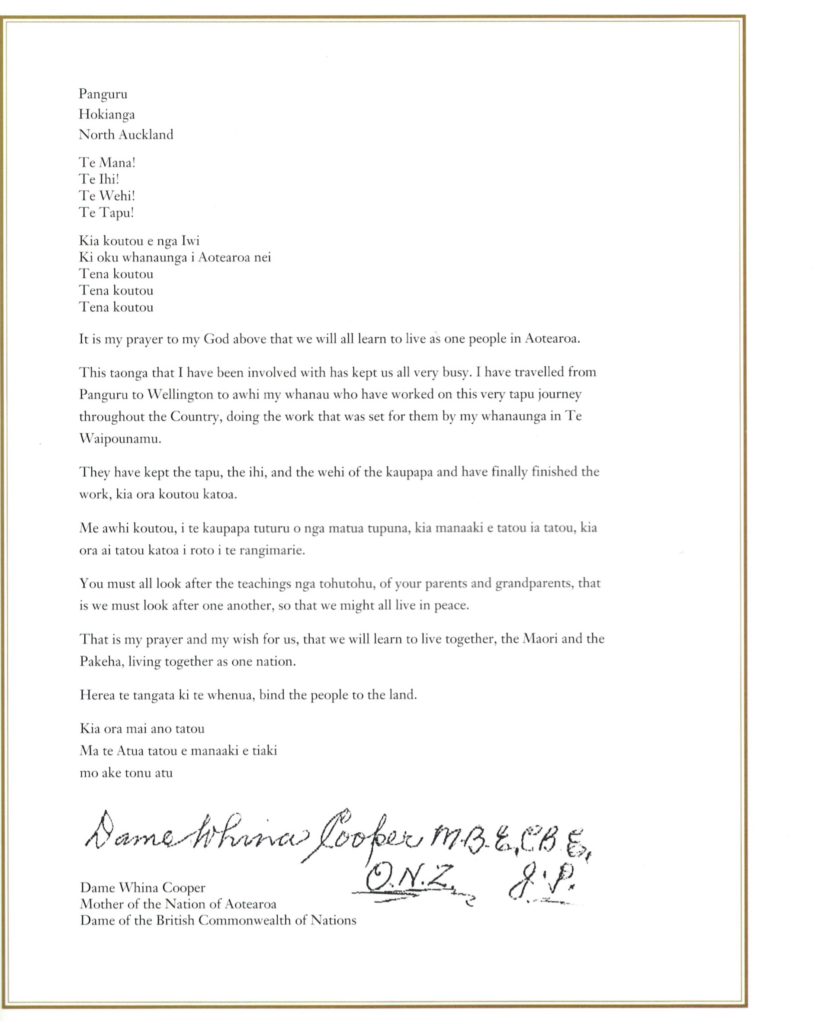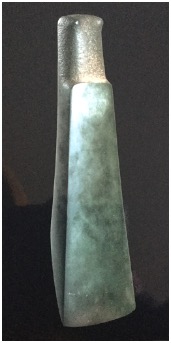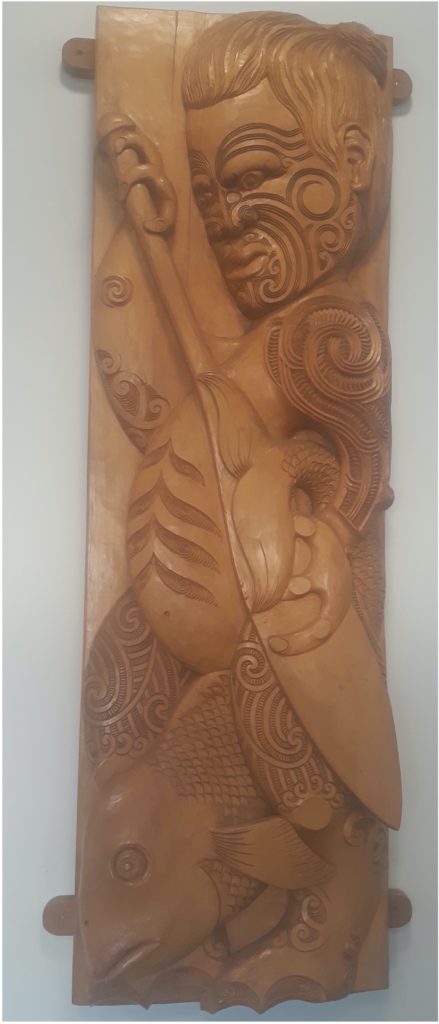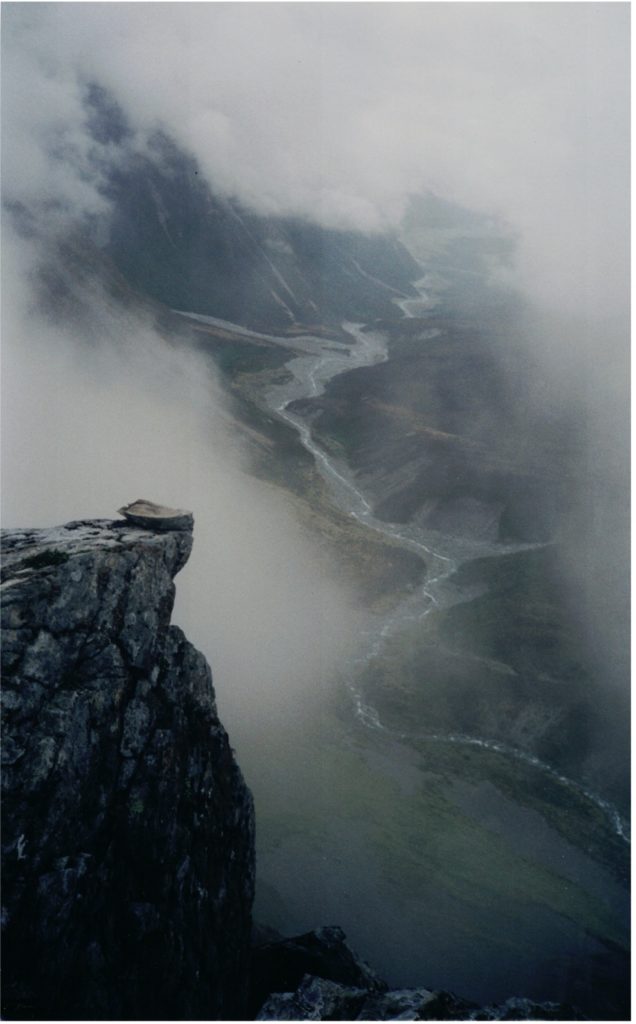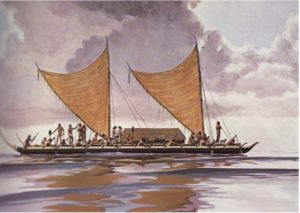
“If we lose our story we lose our dream
and if we lose our dream our spirit dies.”
While we cannot change the past, for it is what it is, we can heal it by facing the truth of the past. Stuff’s November 30th, 2020, statement OUR TRUTH… TA MATAU PONO, which places a spotlight on 120 years of newspaper reporting in New Zealand, found the media too often cast a biased, racist shadow over Māori and their culture. That brave decision to critically review media influence across a broad canvas of our past has provided a clear, inspiring path to a brighter future for all our peoples.
After several decades of invaluable work, the Waitangi Tribunal’s hearings have seen many tribes compensated for their loss of lands in colonial times. That’s a work in progress that addresses basic Treaty of Waitangi rights.
Yet, within this context of positive change, with its core of social justice, other issues remain unattended. Our historians still apply a western model to what is acceptable history and what is not. They assume Polynesian systems of recording and passing on accurate histories are flawed. Those who take that stance have no understanding of what some Whare Wānanga still hold and teach.
For instance, historians like Michael King and Professor K R Howe have utterly dismissed the histories of Te Aitanga o Waitaha and Te Aitanga o Rapuwai; histories authorised and ratified by some of the greatest rangitira of the day, and published in 1994 as Song of Waitaha.
The Elders ask, “Will the new history curriculum replicate the King/Howe views and continue to deny our oldest histories, and thus obliterate a thousand years of Polynesian occupation that’s been faithfully recorded and is now shared. Will our children be allowed to learn the truth of our past?” That is what Waitaha and Rapuwai ask.
THIS IS WHAT THE WAITAHA AND RAPUWAI ELDERS SHARE
Our Tūpuna were amazing navigators and skilled stone workers
Seventy-five generations ago a double-hulled waka, powered by a great sail and 100 paddlers, made landfall on the wild western shores of the island now named Te Waipounamu. Nearly, two thousand years have passed since the ancestors made that voyage. They sought a special stone, one that would take a sharp edge to cut deep into tall trees and carve new hulls for their huge waka, and timbers for their whare.
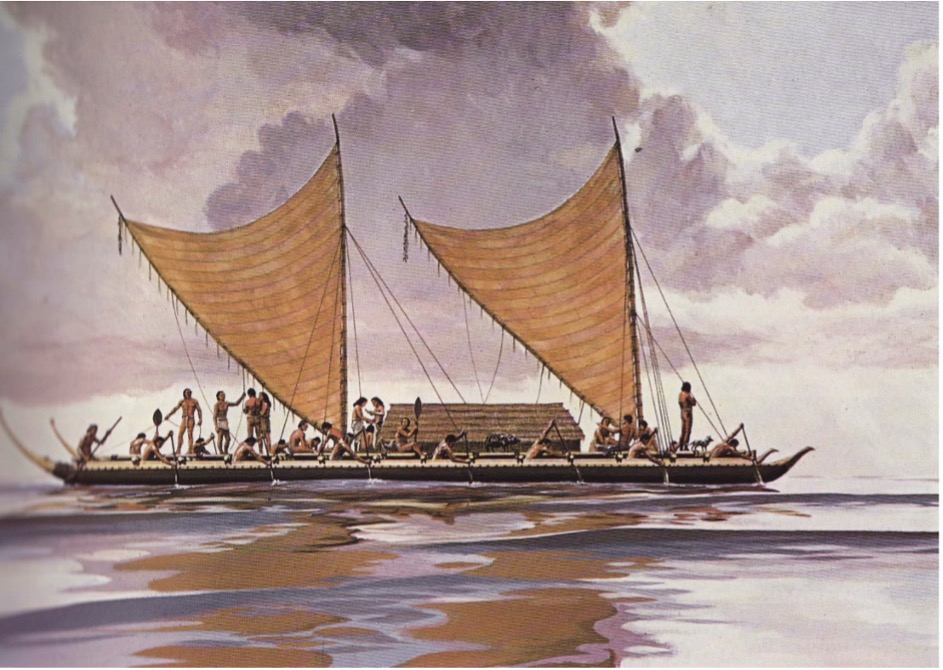
Having voyaged to many Pacific islands without discovering the stone they sought, imagine their joy on finding it the waters of the fast-flowing waters of a river on the western shores of Te Waipounamu. They named it pounamu and, because it created flashes of green in its rushing waters, the river became, Ngā Wai o Mamari… The Waters of the Green-boned Fish. Today we know it as the Arahura River, which is perfect because that’s the name of the star that guided their waka ashore. Ngāhue and Poutini, the navigators of that vessel, were among the best Polynesian geologists of their day; they created remarkable tools out of jade, our planet’s toughest natural material.
In their world without iron they developed an amazing toolkit of stone adzes, axes, chisels and gouges. The Ōamaru Museum’s Willett’s Collection consists of thousands of remarkable Waitaha and Rapuwai artifacts.
Ngāhue and Poutini followed the river of the greenstone through the narrowing gorges that led to the mountain divide and a beautiful lake on the watershed, to where the rivers carried the rain and snow melt to the Pacific Ocean in the east and the Tasman Sea in the west.
Te Aka Aka o Poutini was one of the earliest villages in the land
While the Arahura River was a rich source of pounamu, it had no safe anchorage. So, they created a village within the estuary of the Māwhera River and named it Te Aka Aka o Poutini… Poutini’s Anchorage. When the time arrived to sail home to Waitangi Ki Roto (Easter Island) to share their exciting news, Ngāhue and Poutini left some of the crew behind to maintain the village and work the pounamu.
They arrived safely in their homeland with a wonderful supply of pounamu stored along the keel-line as ballast to balance their double-hulled waka when battling big storms.
Ngāhue stepped aside, being now too old to sail when Poutini journeyed back to his Māwhera village.
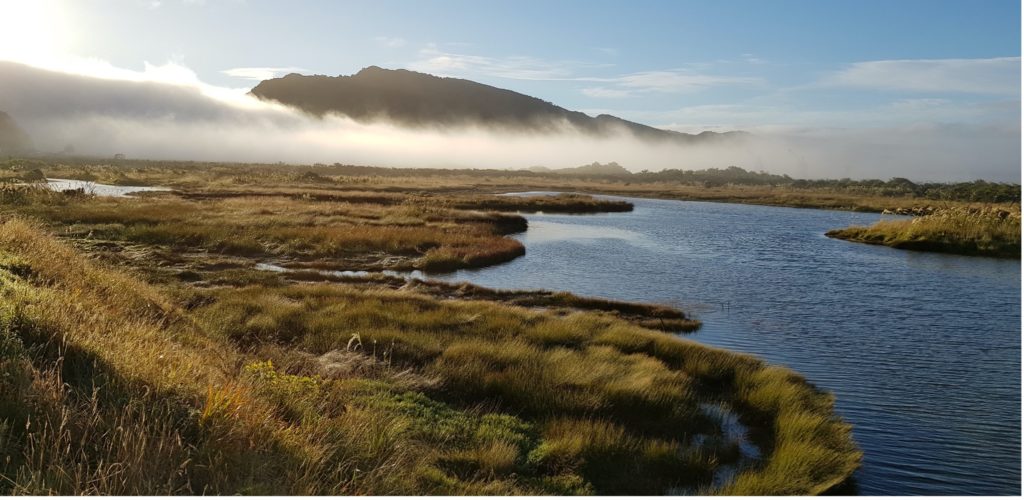
Pounamu became vital to the Maori culture
While superb pounamu tool kits soon became a vital part of everyday Maori life, the spirit of aroha the Elders saw in the stone, meant it also served a powerful social role. Used wisely, pounamu created ways to bring about reconciliation and healing. It helped communities live peacefully together, became a wonderful force for good, and allowed the early tribes to walk together in the spirit of aroha. Weapons of war were not of their world. They believed that to take the life of another was to destroy their own. This commitment to compassion as a way of life led to the creation of the Nation of Waitaha, which lasted for over a thousand years and eventually embraced over two hundred tribes.
Waitaha and Rapuwai opened their hearts to all, saying, “All born in this land are of this land. All who sleep beneath our mountains are of this land. All who come from afar and call it home are of this land.”

Can pounamu serve our peoples today?
Yes! It already does! In the last thirty years pounamu has found a special place in our world. Some newborn babes are being gifted a pounamu pebble as their birthstone. Some even have their umbilical cord severed with a sharp pounamu knife.
Pounamu is now gifted to honour important rites of passage, great achievements, and as a mauri stone to carry on special journeys and help meet a challenging kaupapa. Today, many Kiwi choose to wear pounamu as their companion stone, one to be worn every day or for significant occasions.
The Tides of Poutini
Poutini and his people lived for many years in their Māwhera village, sailing often to explore the western shores. He honoured the mana of pounamu, and created lore that ensured it was respected and served the ways of peace.
The waters that sweep these western shores are named… Te Tai Poutini… The Tides of Poutini. Placing his name there has created an enduring tribute to this ancestor who used pounamu in remarkable ways and wove the spirit of the stone into Māori life. Sadly, that name also marks the tragic end of his life. A devastating storm overwhelmed his waka and all died. Poutini is long gone but his wonderful legacy lives on. He left us inspiring trails to follow. He achieved his life’s dream and bequeathed an amazing heritage that gathers again to help us build a distinctive New Zealand culture.
The ocean carries many secrets. Our nation’s story goes deeper into the past than we have been shown until recent days. Great tides ebb and flow and ask much of us. We are challenged to meet the waves but we do not sail alone. Others have come from afar and made a home on these shores. Our ancestors have opened many doors. If we step through honouring their stories and the pounamu we have the means to create a unique, remarkable future. One where aroha covers all.
This history will be new to many
Some may ask, “Where is the proof that a Waitaha Nation existed at all?” That’s a reasonable question, yet, if you only bring a European perspective to the question, you automatically eliminate the Polynesian view of what’s proof. While Polynesians appreciate the value of western methods of verifying European history, they apply very different disciplines to accurately recording their own.
Western history is debated, assessed and reassessed within academic realms by researching paper trails and archaeological excavations that dig through deep layers of time.
Polynesians histories have been kept intact for thousands of years by Wisdom Keepers, Tohunga bound by the strict rules of their Wānanga, their ancient Houses of Learning. There are no written records, no documents to research, debate and reassess because their histories are all held in ancient chants. They are memorised in ways that amaze those granted access to this realm.
Wisdom Keepers are chosen by the phase of the Moon at their birthing, the stars overhead that night and through careful surveillance during their childhood. Have they the mind for the work, the memory skills and a willingness to place the needs of the tribe before their own? Many are watched and tested but few are chosen to walk that path.
The stories of tribal ancestors are also honoured in the Wharenui, the Meeting Houses on the Marae, by an array of beautiful artforms. Woodcarvers depict their achievements using cultural codes expressed with fine cuts of a chisel. Colourful kowhaiwhai rafter patterns and tukutuku weavings add another dimension of their knowledge.
Different cultures keep their histories accurate and safe in different ways
Those with a written language depend mainly on a paper trail. Yet, that has its dangers. When the Great Library of Alexandra was destroyed by fire in 46 BC, some estimate 400,000 ancient scrolls were lost. In moments, fire obliterated vital knowledge covering thousands years of European and Asian history.
Centuries later when war, plague, fire and flood plunged Europe into the Dark Ages that lasted from 900 to 1500 AD, it was the songs of the travelling bards who kept alive the tales of the heroes of the past. In those centuries of social chaos, songs survived, while documents perished. Polynesians would have welcomed those Celtic Bards with open arms because they maintained their sacred histories in a similar way.
The ancient Wānanga Schools brought a discipline to learning and recording that astonishes those who have witnessed its ways. Today, Wisdom Keepers who were trained from birth to hold their tribal histories, still rise to greet the dawn and chant another chapter of their ancient story. Each chant is sacred. It honours cherished ancestors and enters a space that transcends time. It creates a deep sense of continuity and continuance, which says we are here and we belong.
Some sciences already support the settlement dates supplied by Waitaha.
Researchers have revealed some fascinating evidence: Pacific rat bone remains present such a case because C14 dating of their bones, excavated from numerous archaeological sites on our main islands, date back 2,000 years.
Yet, those kiore are not native to this land and cannot swim. They drown when a metre from shore. People brought them here as food or allowed them to make the journey as stowaways.
It’s interesting to know these rat DNA lines backtrack to multiple Pacific islands. They are not the result of one waka arriving from one source.

Taking a very different approach, a Massey University Geography Department team, led by Professor John Flenley, the internationally acclaimed expert who tracked human migration routes through the Pacific using the analysis of pollens recovered from ancient lake beds, gathered evidence of cooking fires and vegetation changes that indicate humans were clearing forest to create gardens in this land at dates that align with the C14 ones for the rats.
Some say, “We need proof! Show us your ancestors’ bones?”
That question takes us into a completely different cultural space, and very sacred ground. Be assured the ancient bone sites are known by the few who are charged with their care and protection. Desecrating the ancestors’ remains to meet a scientific need asks the Elders to contravene their lore in ways abhorrent to them. It’s a step they will never take. In response to that request they say…
“We know our histories, we hold them in over 3,000 whakapapa chants that go back 77 generations to when we settled here. And we were not the first to arrive. Other tribes had already warmed this land.
“When enough scientists find evidence that aligns with our chants those who still need that assurance are welcome to come alongside our waka. Meanwhile, remember we know our story and have already shared it in Song of Waitaha, but some find that hard to accept because it adds at least a thousand years to the history of people arriving in this beautiful land.”
Song of Waitaha: The Histories of a Nation
In 1994, the story of the Waitaha Nation was published as Song of Waitaha. That work began in 1988 when Waitaha opened by lifting the tapu placed on their sacred pounamu trail. Gold miners had desecrated Te Huarahi o Rongo Marae Roa, The trail of the Peacemakers, over a hundred years ago. Only when pounamu moved on it again could their stories be written.In 1988 twelve made the journey to lift the tapu when Sir James Henare, of Ngāpuhi and Ngāti Whatua, Sir Bob Mahuta, chairman of the Tainui Trust, Henare Tūwhāngai, the Māori Queen’s spokesman and Dame Ngāneko Minhinnick of Ngāti Te Ata of Manukau, affirmed it was time to do so. Te Pani Manawatū of Tuahuriri Ngāi Tahu and Rangitāne, the kaitiaki of Te Huarahi o Rongo Marae Roa, set that kaupapa that saw Song of Waitaha written.
The Nation of Waitaha Hui in Whangārei in 1990
When academics and Ngāi Tahu challenged the work, the Waitaha Elders called their tribes to gather for the first National Hui since 1937. Held in Whangārei in May 1990, it was attended by one hundred and forty-three tribes, represented by the 400 people who met at the Porowhini Marae. All were from blood-lines that went back to Waitaha and Rapuwai, the founding iwi. After four days of discussion they stood, one after the other to say… “Tautoko mo ake tonu… We support this kaupapa unto death!”
They committed all their sacred knowledge to the work, opened all their kete. Out of that Hui came the Waitaha Council of Elders charged with affirming the authenticity of the histories. (The 143 tribes and the members of the Council are listed in the appendices) The Council included Dame Whina Cooper, known as the Mother of the Nation, Sir Patariki Te Rei, Rangimārie Te Maiharoa, a 1990 Commemoration Commissioner, and Te Pani Manawatū, Upoko Ariki of the Tuahuriri Runanga of Ngāi Tahu.
Why are we failing to acknowledge our deeper past?
In 1994 the Waitaha Council launched Song of Waitaha: The Histories of a Nation, which took Maori settlement of Aotearoa back 77 generations. That covers nearly 2,000 years. Yet, our established mainstream history asserts the first people arrived only 800 years ago, which covers a mere 32 generations of occupation.
Is it unreasonable to ask why the history shared by the 143 tribes that gathered in Whangārei in 1990, that was signed-off by our leading Māori Elders in 1994, has been cast aside? In removing 45 generations we lose more than a thousand years of our past. That happened because those who decide what’s in and what’s out applied criteria imported from Europe. While their western perspective is important in the wider world, its limitations are exposed when they boldly dismiss the teachings of Waitaha, which are based on sacred whakapapa. In 1990 our leading Maori Elders stood together to say…
We have remarkably disciplined ways of accurately recording our history.
We know our story and continue to honour our ancestors.
We will not abandon our past.
It is an amazing story of courage
that carries an inspiring vision of peace.
Barry Brailsford MBE, MA(Hons) April 2021
Appendices
1. The 143 Iwi that gathered at the Whangārei Hui in 1990
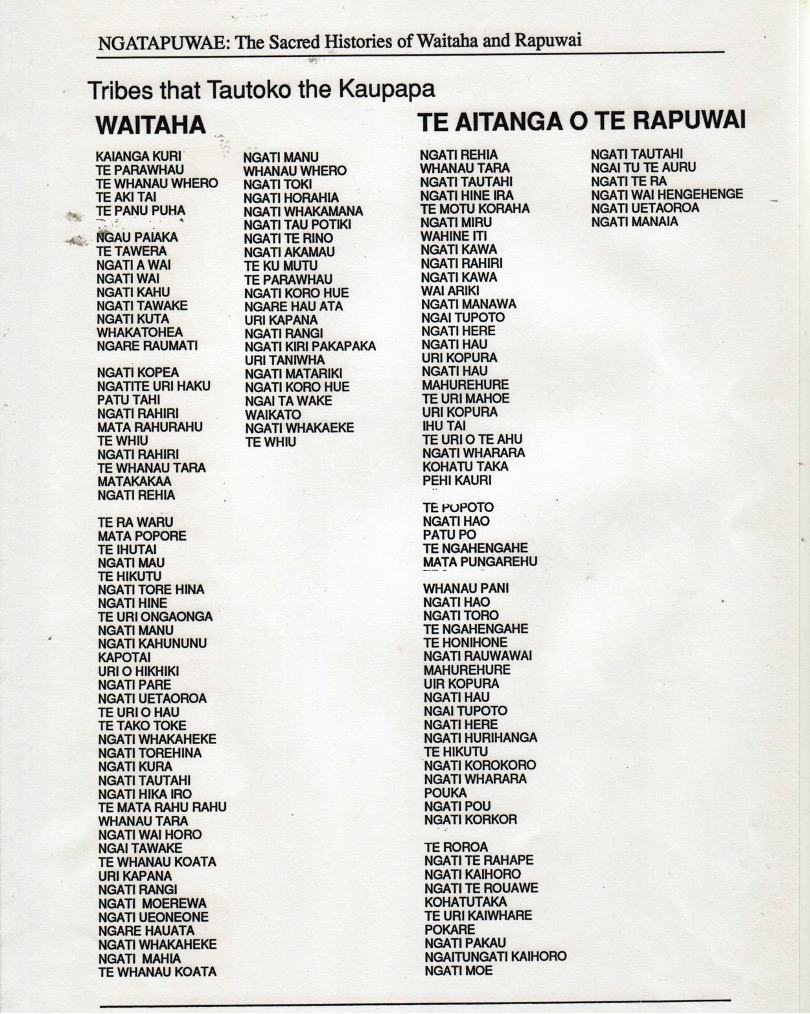
2. The Waitaha Council that was responsible for the publication of the Histories
TE KAUNIHERA KAUMATUA
Anei rā te toanga nei
Nā koutou i tohutohu atu ki a matou
E mihi ana
E mihi ana
Mātou ngā kaimahi o te kaupapa
Ki a koutou ngā Rangitira
Ngā kaikawe, kaitiaki o nga kete kōrero o
Te Ao Tawhitio o Waitaha nui tonu
The late TE PANI MANAWATŪ
The late FRANK MCDONALD
The late DAME WHINA COOPER
Takahia te arawhānui i hangaia e Tāne nui a Rangi
Mō tātou ngā uri whakatipu o rātou kua mene
ki tua o te arai, haere, haere, haere e ngā mate.
Apito hono, tatai hono, koutou ngā mate ki a koutou
Apito hono, tatai hono, mātou rā ngā kanohi ora ki a mātou
A ka whai matou i te wā kua tuhihia e te kaihanga
i a koutou nō reira kati ki a koutou…
KUIA
ANI RENA CHAPMAN
WIKITORIA RANGITAKINA RUKA
ANNE PATE DODDS
KAUMATUA
SIR PATARIKI TE REI
SID CORMACK
RANGIMĀRIE TE MAIHAROA
JO MALCOLM
From Song of Waitaha (Page 302)
3. Dame Whina Cooper’s last message to the nation.
